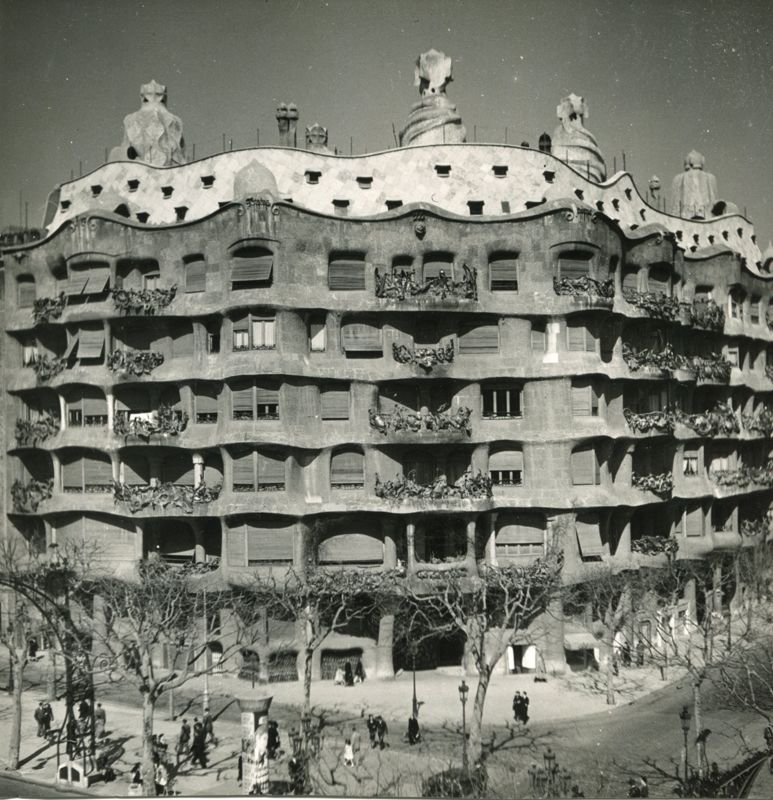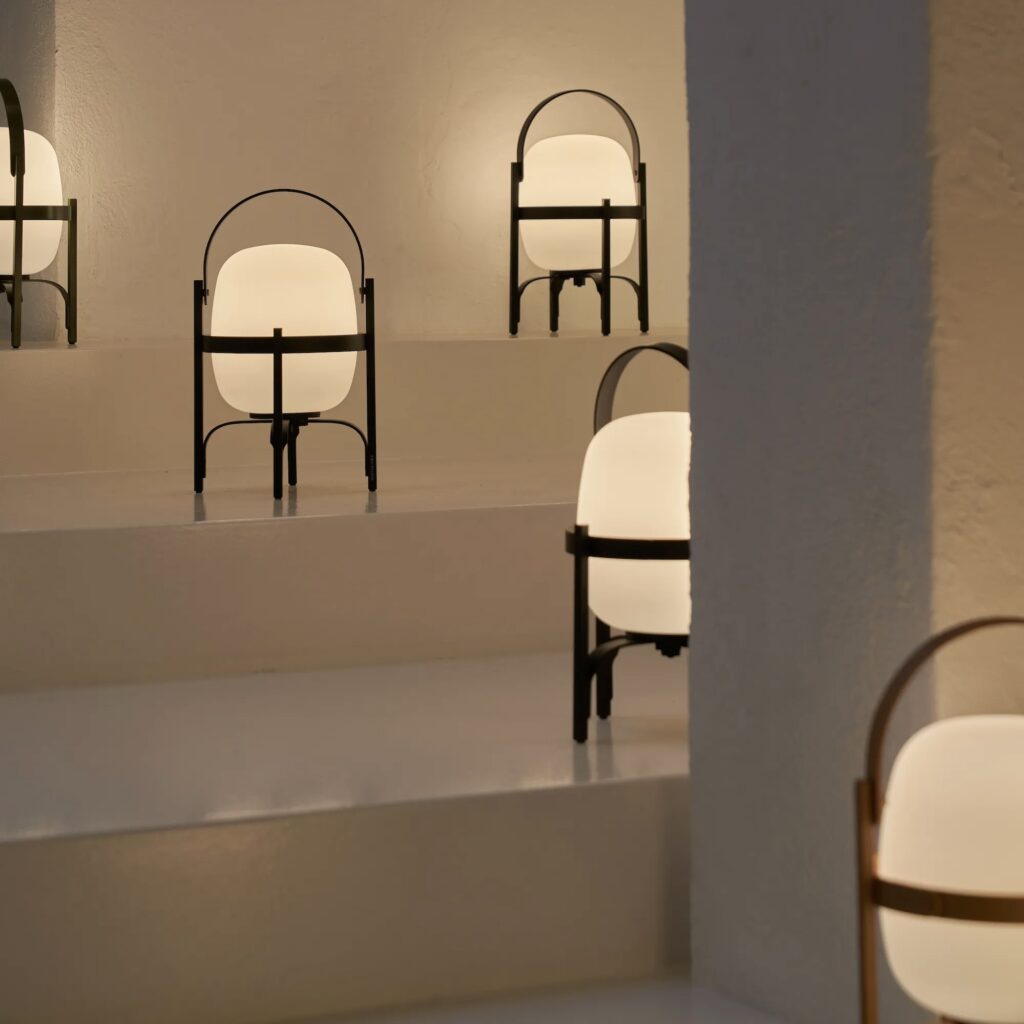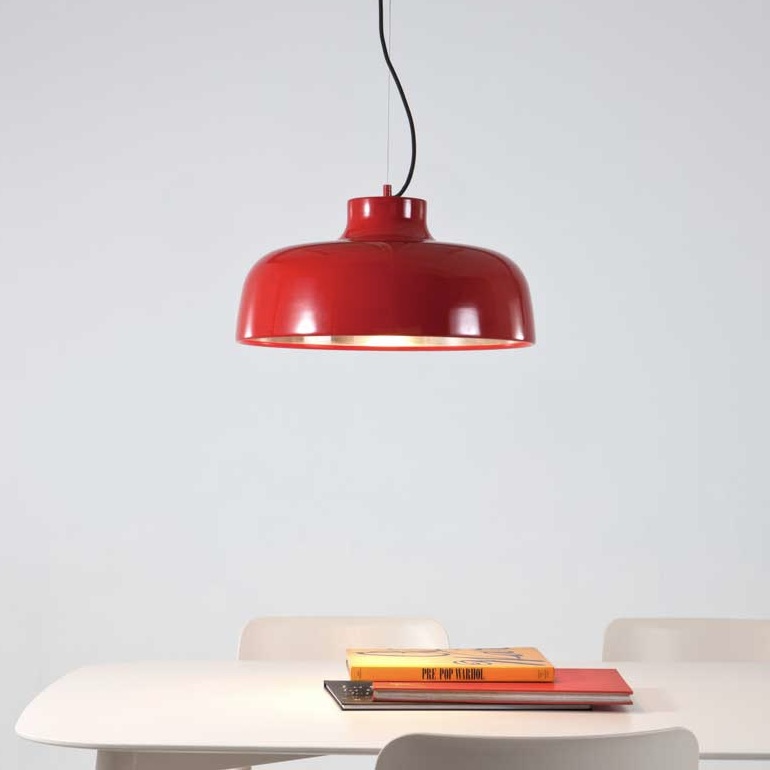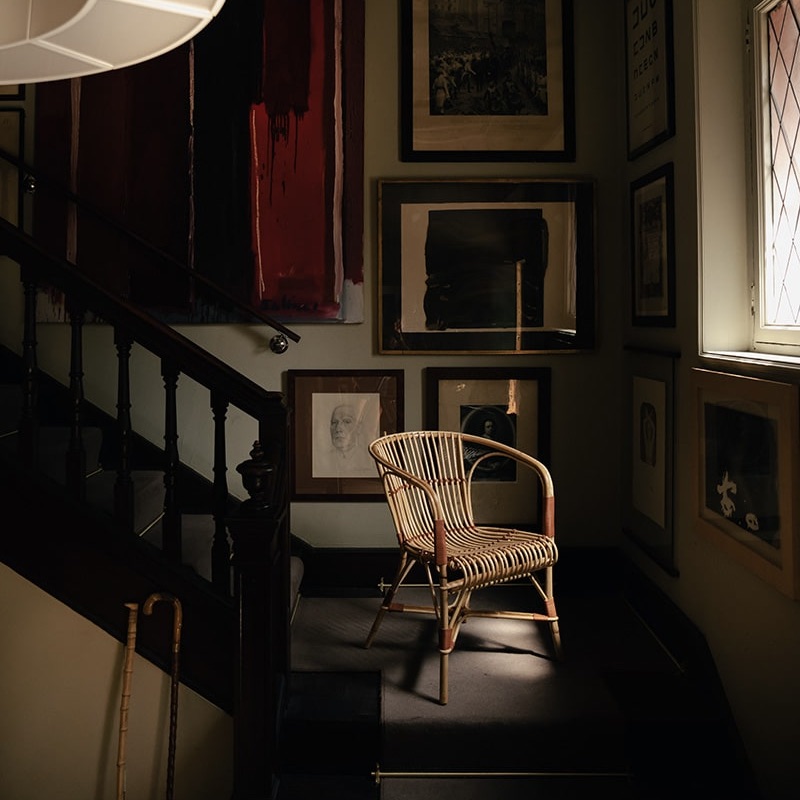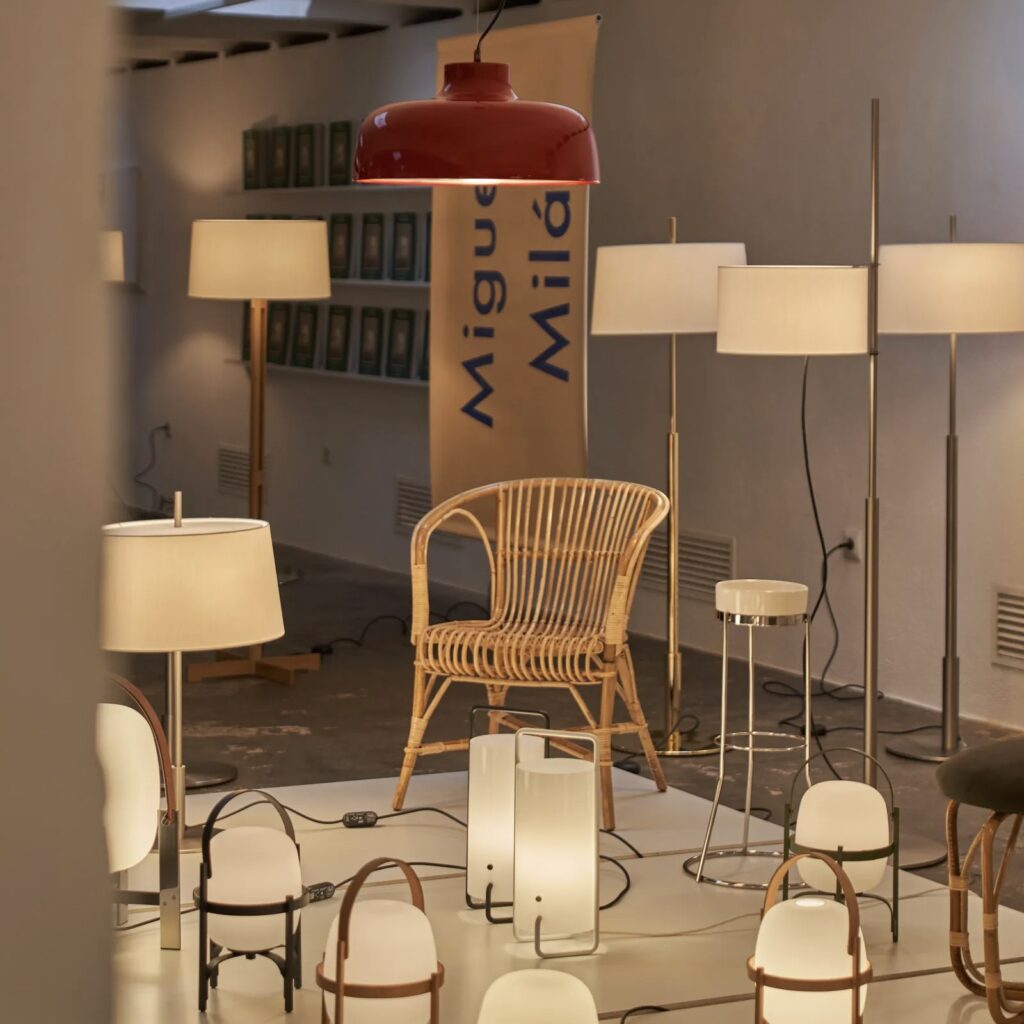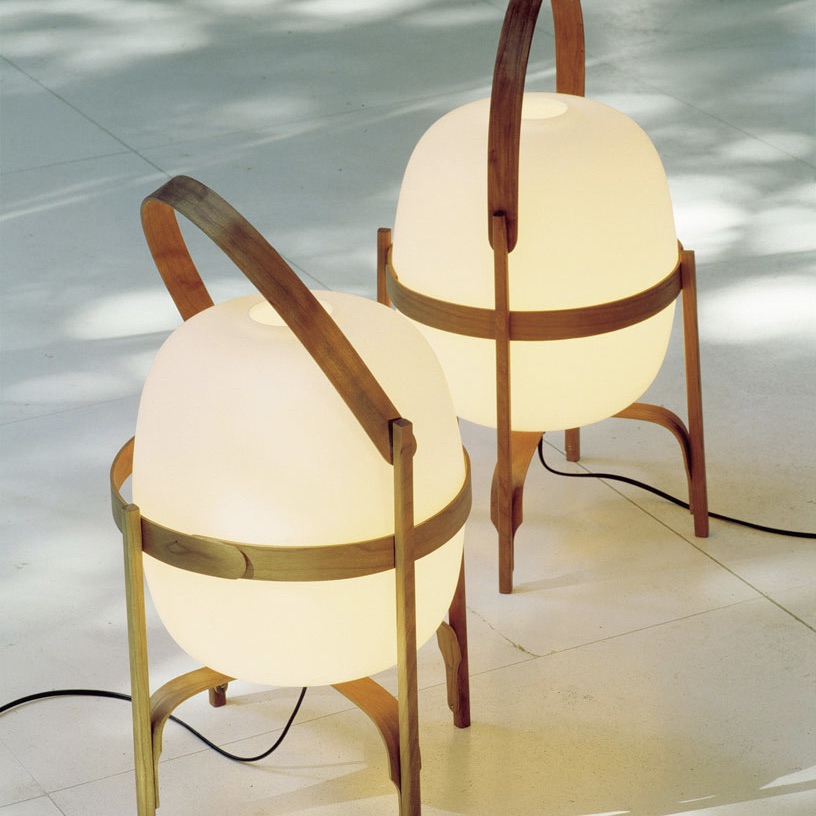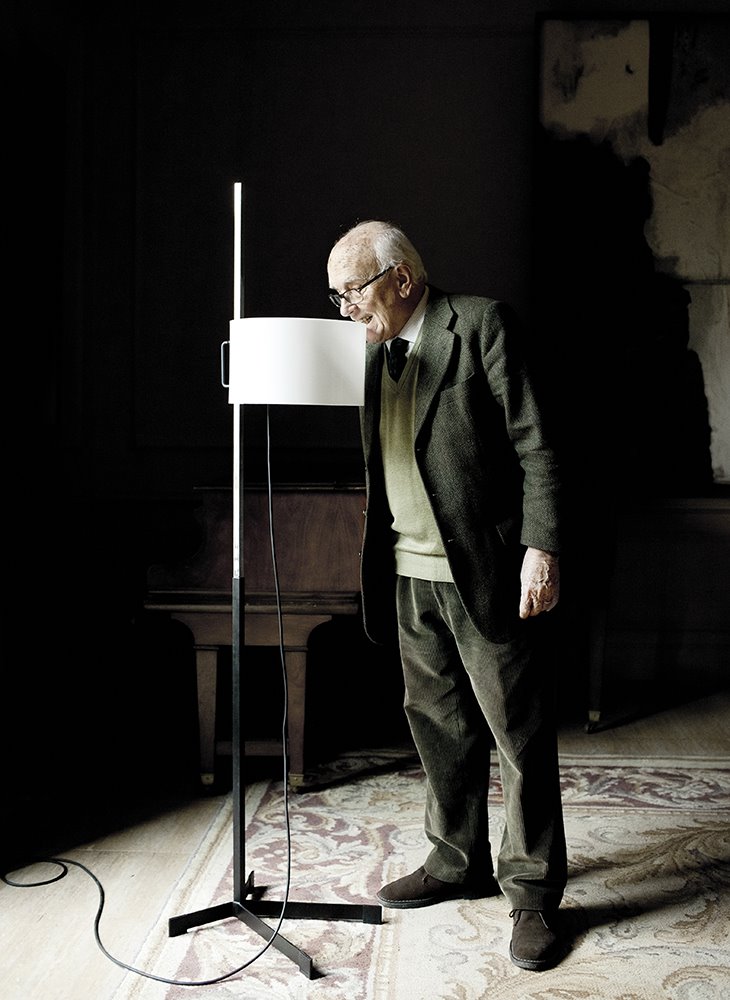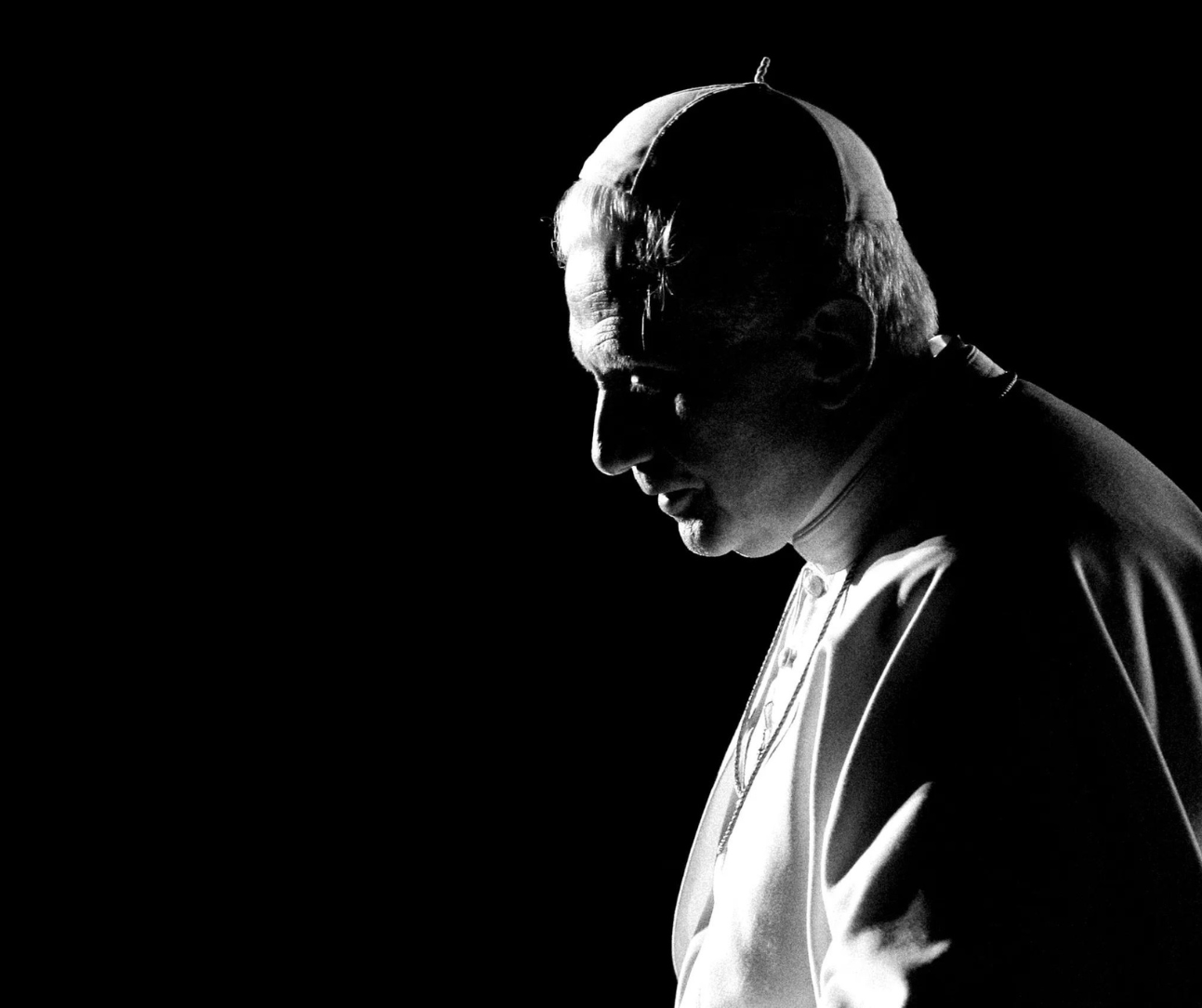Miguel Milá, the father of modern Spanish design
Miguel Milá (1931-2024) is considered one of the pioneers of modern industrial design in Spain. His timeless approach to design—rooted in simplicity, functionality, and elegance—has left an indelible mark on both interior spaces and public environments. Known for iconic creations like the TMM and Cesta lamps, Milá’s work emphasizes a harmonious balance between beauty and purpose, making him a key figure in the design world.
